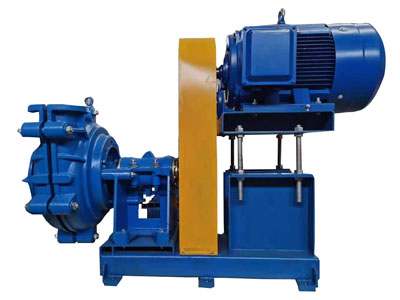
Will COVID-19 impact the centrifugal pump market?
Production and supply chain activity declined in 2020 due to the ongoing COVID-19 crisis.
However, in the post-pandemic period, consumption will improve as the economy recovers. The COVID-19 outbreak has positively impacted the centrifugal pump market demand owing to the mandate of the World Health Organization to minimize virus transmission through sewage.
Given the impact of COVID-19 on the environment and the world economy, our centrifugal pump industry is also transitioning to the Internet, which will allow pump operators to monitor speed, flow, and more from a remote location. And we are now developing smart assistant tools to gain insight into possible failure conditions, reporting, runtime and detailed operational data visualization.
The technology will enable real-time control of all pump parameters, including speed, flow rate and dispense volume. Push notifications will provide alerts for operating conditions and error messages.
Will technological progress be the key to future market sales of centrifugal pumps?
The domestic segment of the centrifugal pump market has expanded considerably in recent years owing to the application of modern technologies in manufacturing and monitoring operations.
Electronics and computers have permeated every aspect of our lives, and variable speed drives (VSDs), SCADA systems and condition monitoring equipment have inevitably entered the water pump industry.
In-line pumping units with integral VSD currently dominate the domestic market. Pump selection software speeds up the selection process while also expanding marketing opportunities. CAD and CFD reach new heights in communication.
Energy costs often exceed other operating costs. System improvements often result in significant cost savings.
South Korea and China have enacted efficiency-enhancing legislation, although pump efficiency improvements have relatively little return on large investments. The European Commission has set targets for improving pump efficiency as part of its Energy Use Products Directive, including ways to identify and eliminate underperformers.















 Back to list
Back to list











